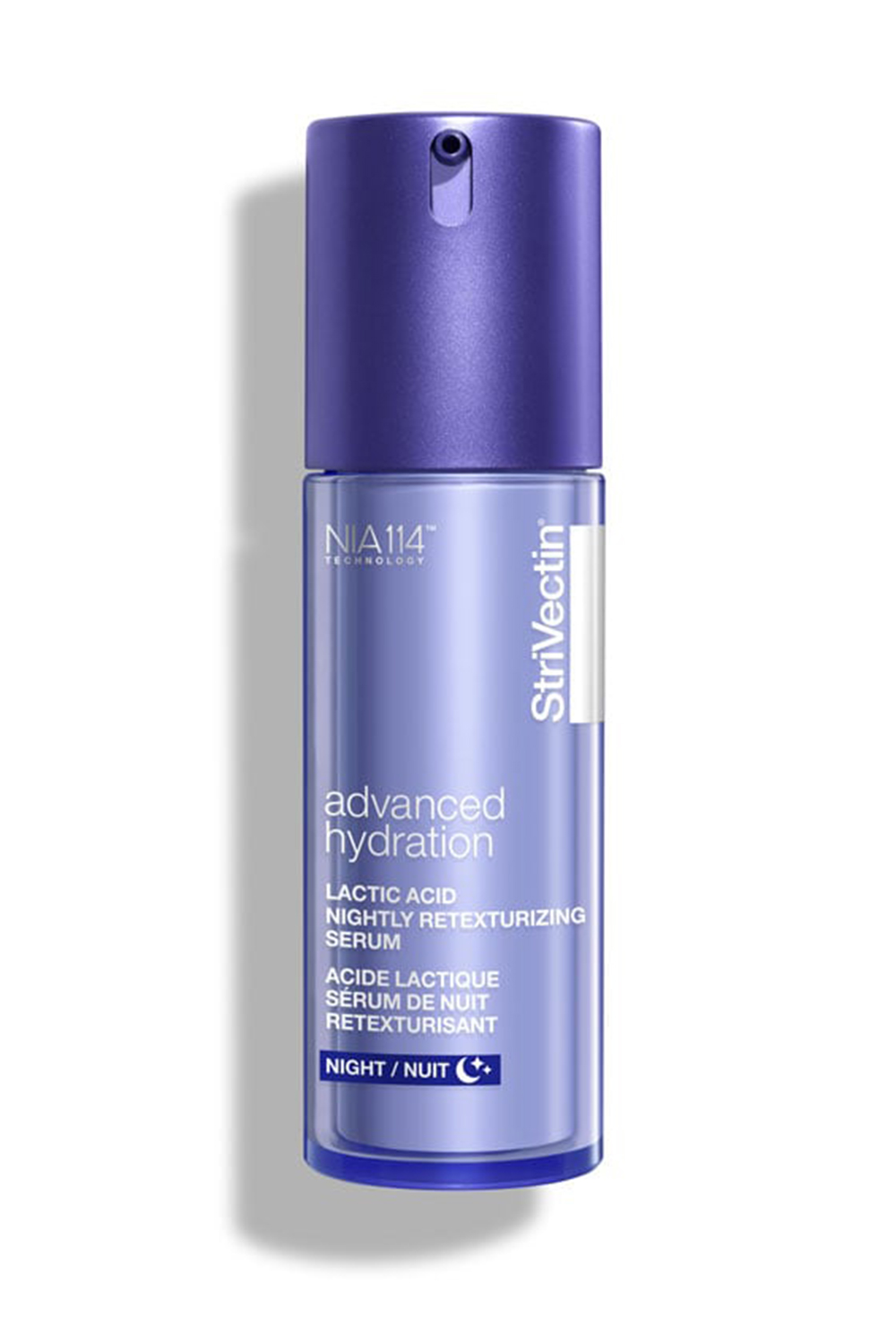Lactic acid for skin – a complete guide for beginners
When it comes to skincare, not all acid exfoliators are equal


When it comes to skincare, not all acid exfoliators are equal
Like many other chemical exfoliants, lactic acid is an increasingly popular skincare ingredient in many a beauty lover's regime.
Not that well-versed in this AHAs magical skincare powers, though? Here's everything you need to know about it, and whether it's right for your skin type.
What is lactic acid?
'Lactic acid is one of the larger molecules of the alpha-hydroxy acid family, water-soluable like glycolic acid, but stays more on the outer layers of the skin,' explains The Inkey List co-founder Mark Curry. 'Our lactic acid acid comes from milk and fruit sugars.
'Staying on the outer layers of the skin, it un-glues dead cells to reveal brighter, more even skin, as well as provide additional moisture to the outer skin layers.
'It suits all skin types who want brighter, more even and hydrated skin. This should be one of the first exfoliating acid people go to if they are more sensitive or cautious about exfoliating.'

Lactic acid peel
Max-strength chemical peels are performed by a professional, but it's possible to buy slightly weaker AHA peels you can perform in the comfort of your own home. Kate Somerville's ExfoliKate Treatment, for example, is a mega-tingling formula that sloughs all the dead skin cells from your face, leaving you positively glowing.
Marie Claire Newsletter
Celebrity news, beauty, fashion advice, and fascinating features, delivered straight to your inbox!
Don't fancy the fuss of applying a peel and sitting around waiting for it to do its thing? Peel pads, like those made by Skyn Iceland are an easy way to exfoliate fuss-free both morning and night.

Serums and creams
These are leave-on formulas enriched with AHA exfoliating prowess and can be left on overnight to smooth out the skin, or applied as a 10-15 minute wash-off treatment, depending on the instructions on the bottle.
Similarly, creams gently resurface the skin while you moisturise for a smoother finish to your complexion over time. If you have sensitive skin, higher concentrations of lactic acid may still cause your skin to become irritated, so always do a product patch test beforehand.
Keep scrolling for team Marie Claire's top five favourite lactic acid skincare products you can shop now. Happy peeling!
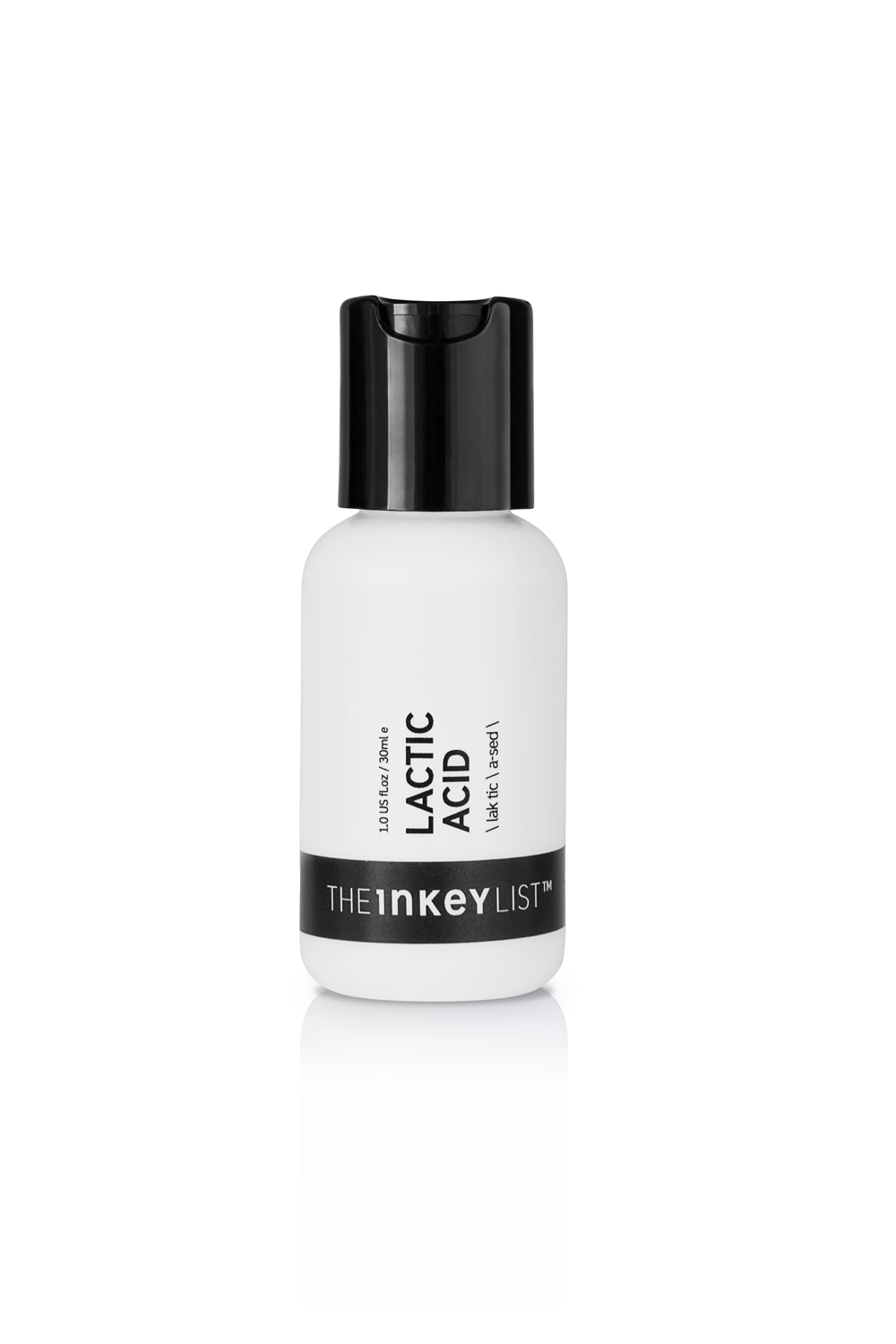
Exfoliating and moisturising, this powerful little bottle works wonders on your complexion, loosening the bonds between dead skin cells for a better overall tone and texture.
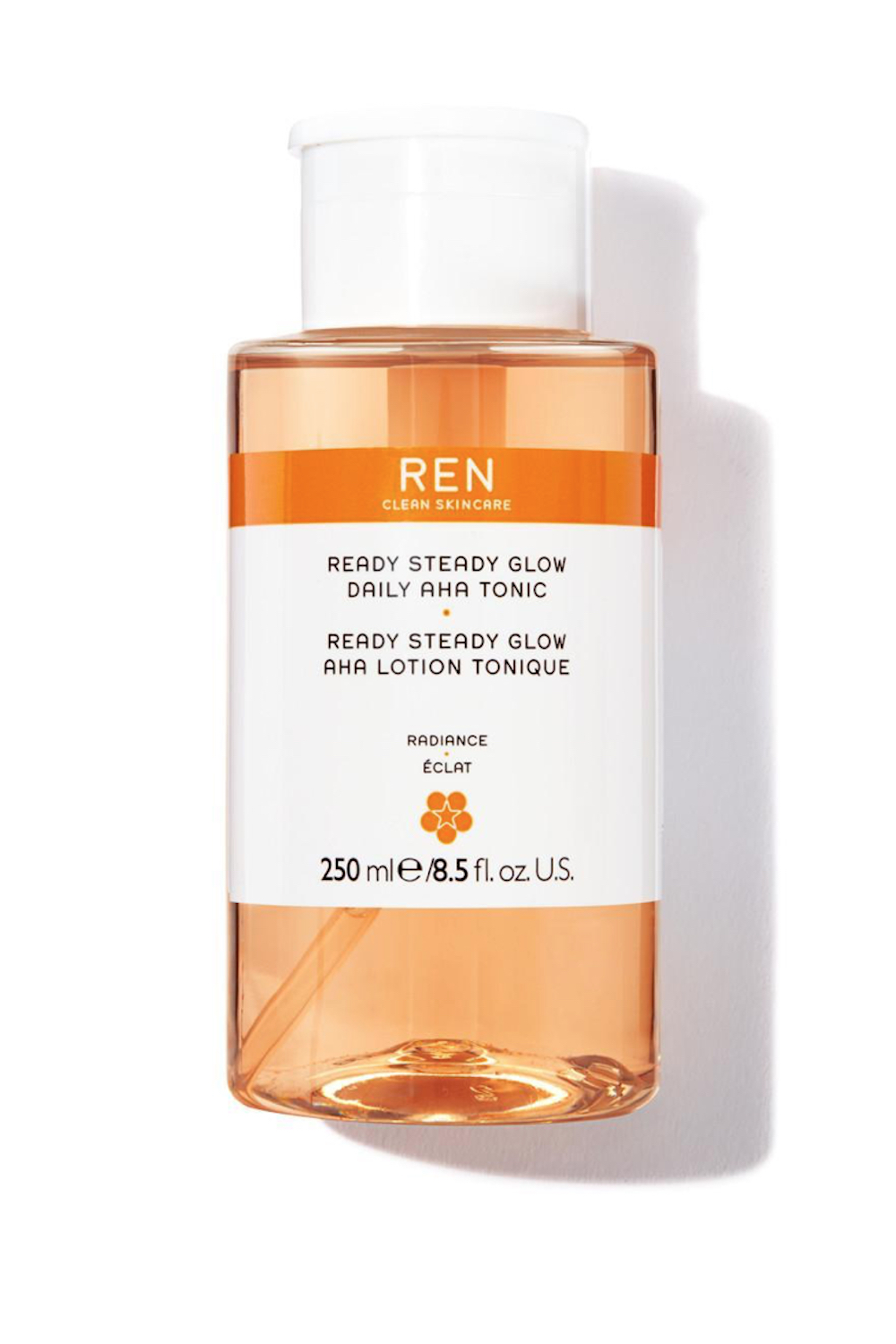
With a scent just like the smell of freshly squeezed oranges, this lactic and azelaic acid tonic is gentle enough to use every day, morning and night.
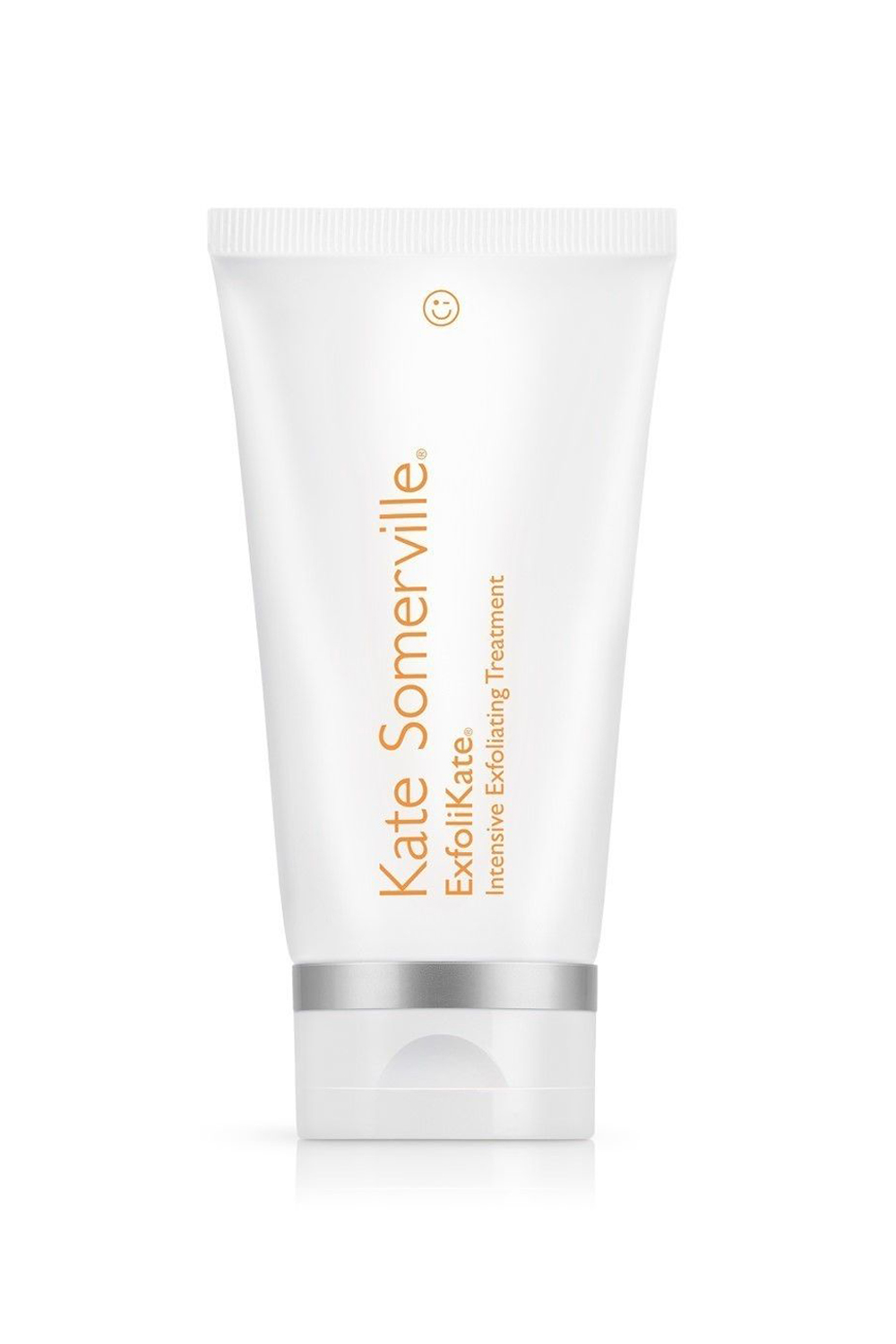
Dubbed the '2-minute Hollywood glow', Exfolikate is a seriously strong treatment that you definitely feel getting to work on your skin. Leave on for a couple of minutes and rinse with warm water to give your face a brighter, smoother finish. It's a real quick fix for better looking skin in a flash.

Oskia's best selling Renaissance Mask combines fruit acids and aromatic rose and chamomile extract to brighten the complexion and even out skin's tone and texture – and boy does it work. Massage into the skin and it'll turn from pink to white so you know when it's been activated. Use when your skin needs perking up and you want to blur enlarged pores a little.
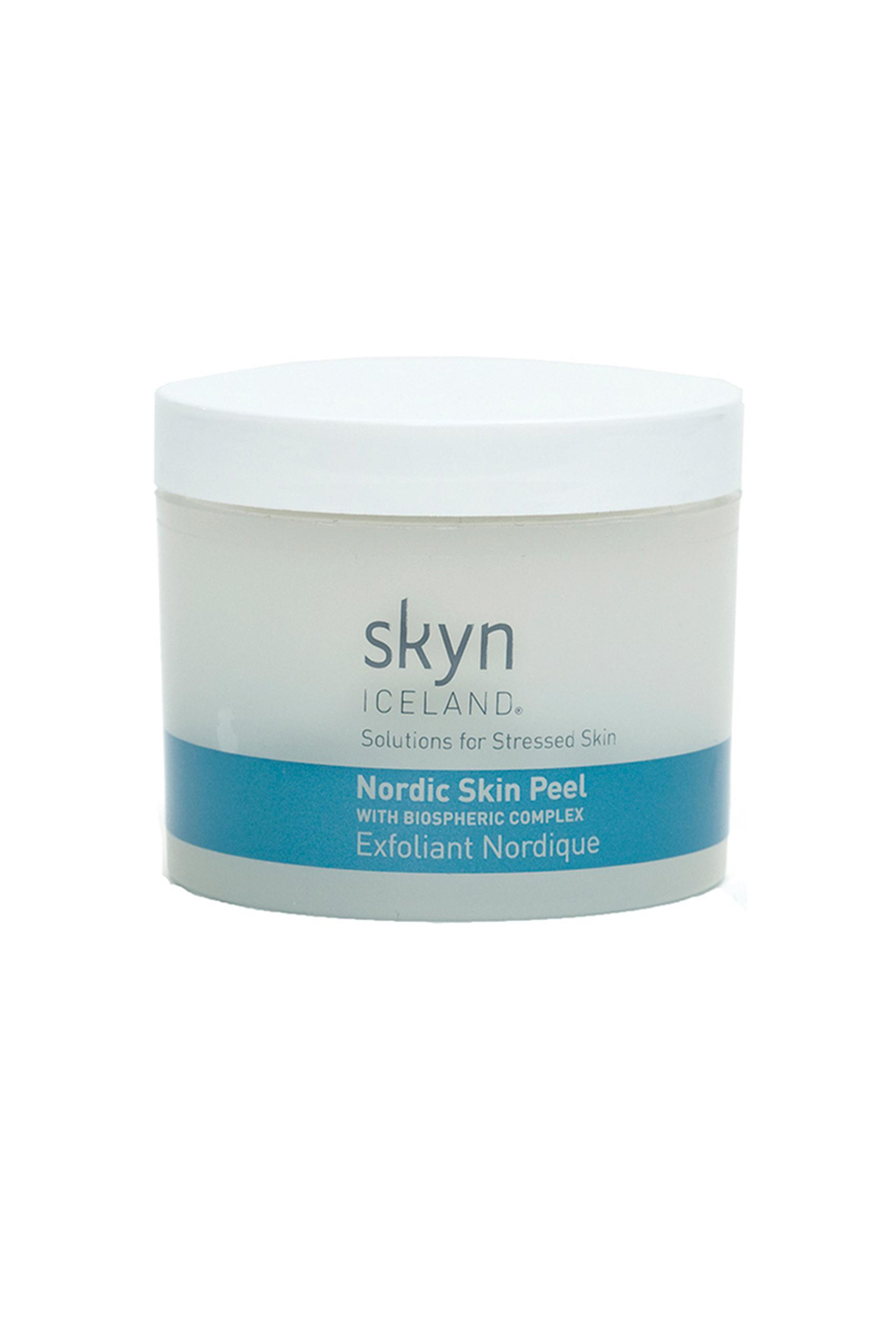
Skyn Iceland's peel pads are an easy and convenient way to give your skin a daily dose of lactic. Each pad is soaked with just the right amount of product for a gentle yet effective exfoliation post-cleansing.
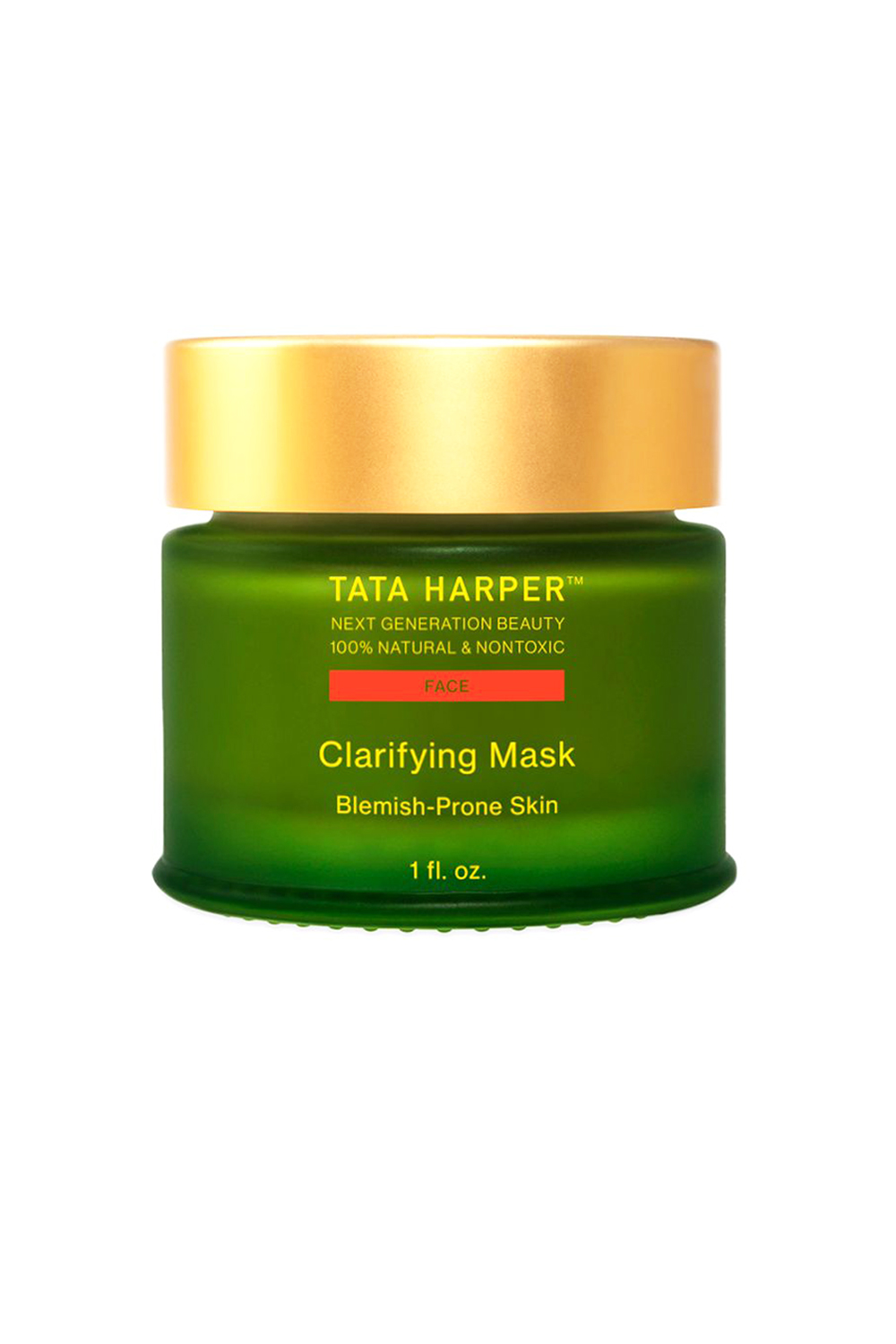
This skin clearing treatment from super-clean skincare guru Tata Harper is packed with both lactic acid and a fruit enzyme cocktail, as well as salicylic acid to help decongest pores. It also soothes inflammation and calms skin that's prone to redness.

Lucy is a freelance beauty editor and contributor at Marie Claire, and has also written for titles including Cosmopolitan, Refinery29, Glamour and woman&home. She was previously Marie Claire’s junior beauty editor. During her career, she’s covered everything from backstage beauty at fashion week to interviews with famous faces like Drag Race royalty and Little Mix. As for her beauty ethos, she’s a big advocate for not having to spend a fortune on beauty products to get good results. When she’s not got beauty on the brain you’ll probably find her reading or Netflix-ing.
-
 Anatomy Of A Wardrobe: TV presenter AJ Odudu is carving out her own lane, one show-stopping look at a time
Anatomy Of A Wardrobe: TV presenter AJ Odudu is carving out her own lane, one show-stopping look at a timeWatch as we take an exclusive look inside AJ's wardrobe
By Lily Russo-Bah
-
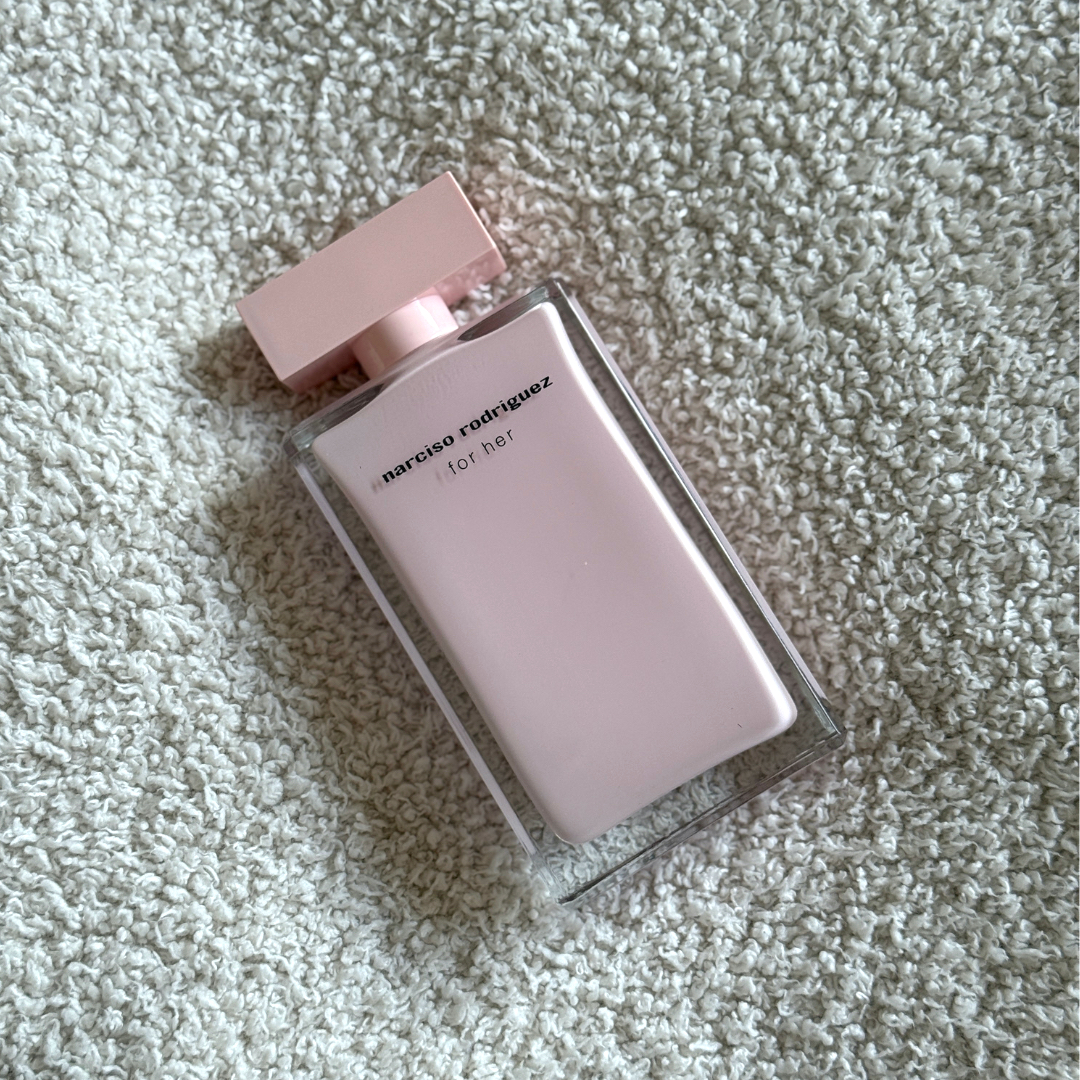 This perfume has been an icon for over 20 years, and for good reason—it’s soft, elegant, and oh so feminine
This perfume has been an icon for over 20 years, and for good reason—it’s soft, elegant, and oh so feminineFeminine but not *too* sweet
By Lucy Abbersteen
-
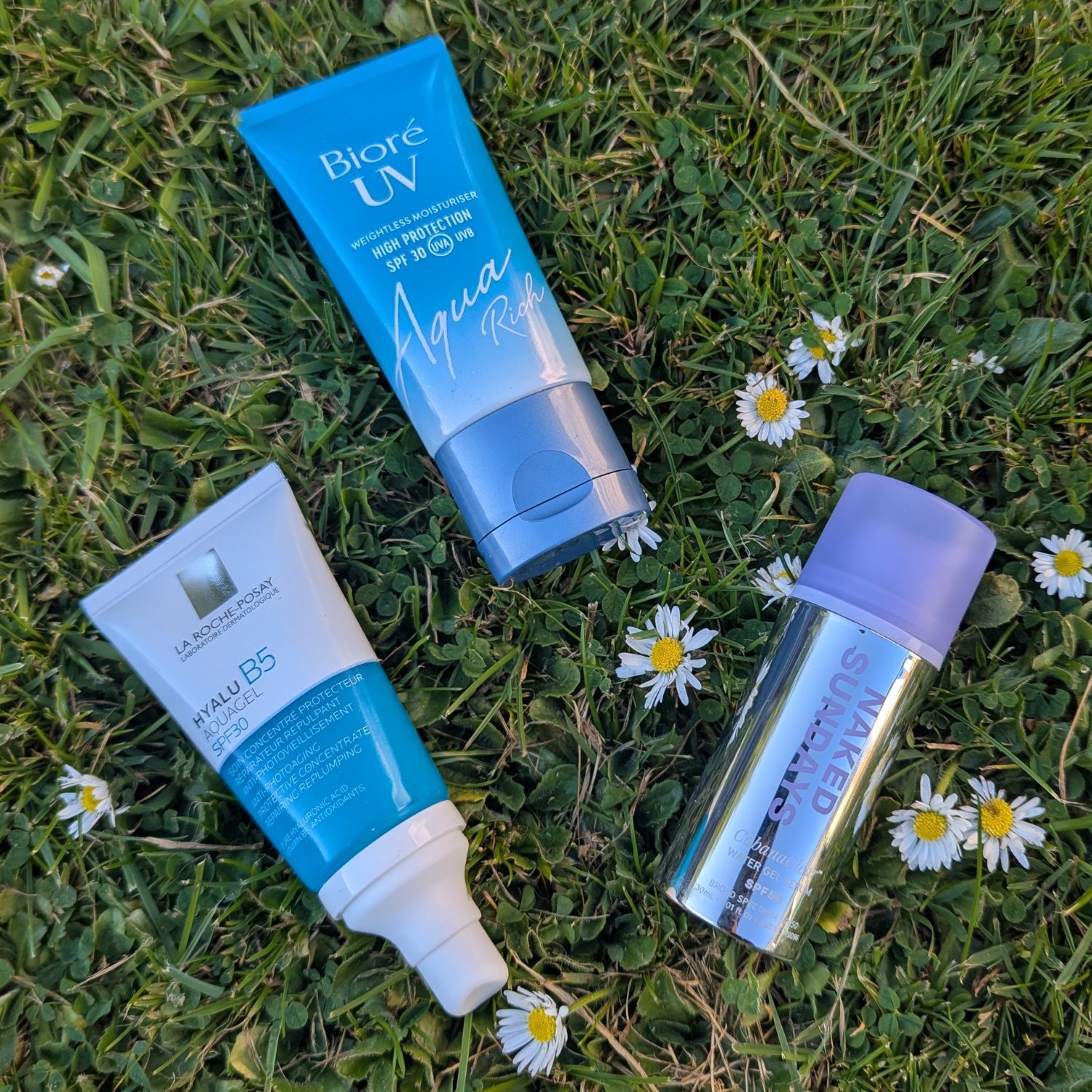 I’ve searched high and low for the best lightweight SPFs—these hydrating, water-based ones are a total game-changer
I’ve searched high and low for the best lightweight SPFs—these hydrating, water-based ones are a total game-changerNo excuses
By Jazzria Harris
-
 We’ve tested dozens of liquid eyeliners and these are the 14 best for perfect flicks every time
We’ve tested dozens of liquid eyeliners and these are the 14 best for perfect flicks every timeBecause flawless winged liner never goes out of fashion
By Katie Thomas
-
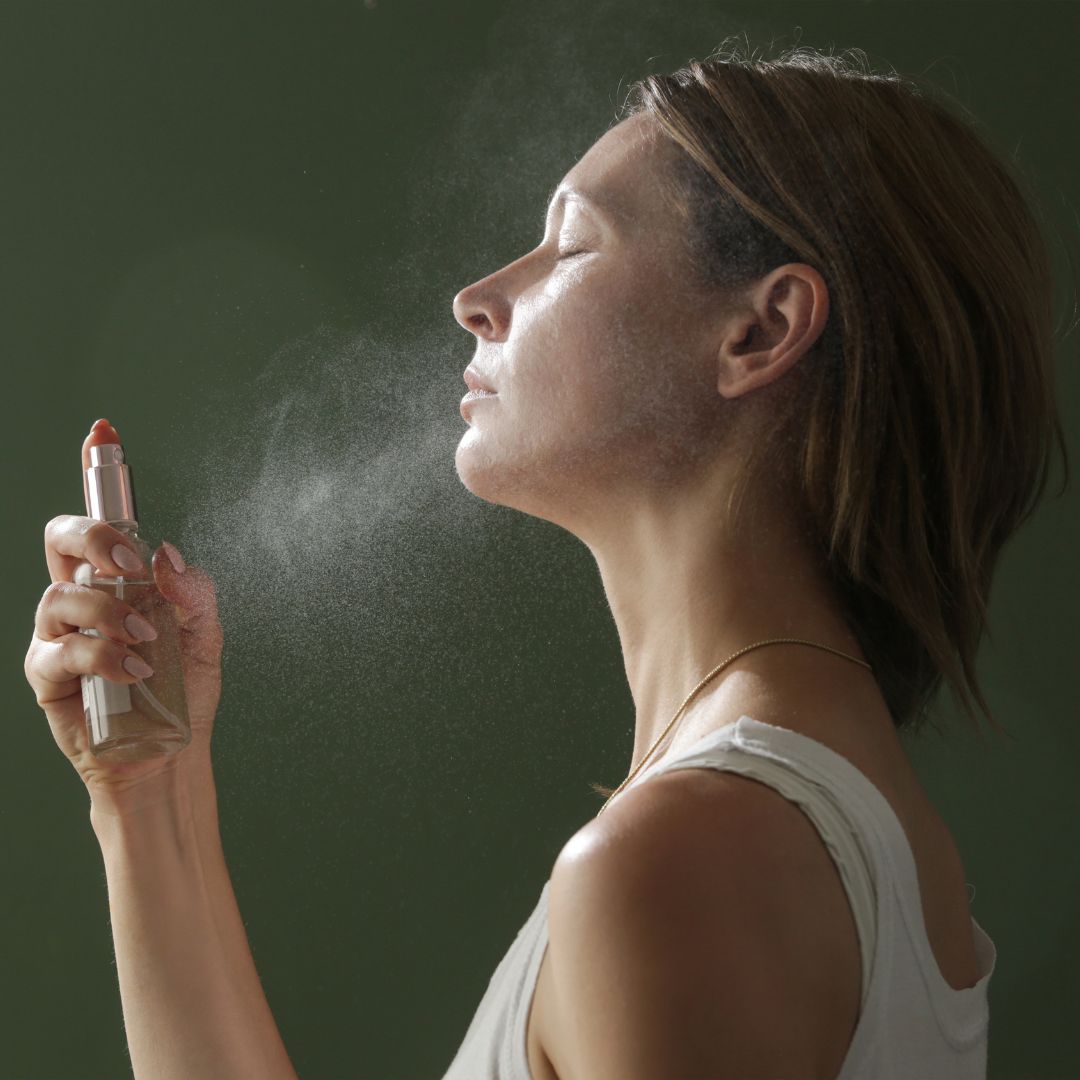 This overlooked skincare step could help you tackle dehydration and more in seconds
This overlooked skincare step could help you tackle dehydration and more in secondsQuick and easy spritzes for an instant hit of hydration
By Fiona Embleton
-
 The 11 best purple shampoos chosen by blonde beauty editors
The 11 best purple shampoos chosen by blonde beauty editorsThey say that blondes have more fun, but there’s nothing fun about brassy tones
By Katie Thomas
-
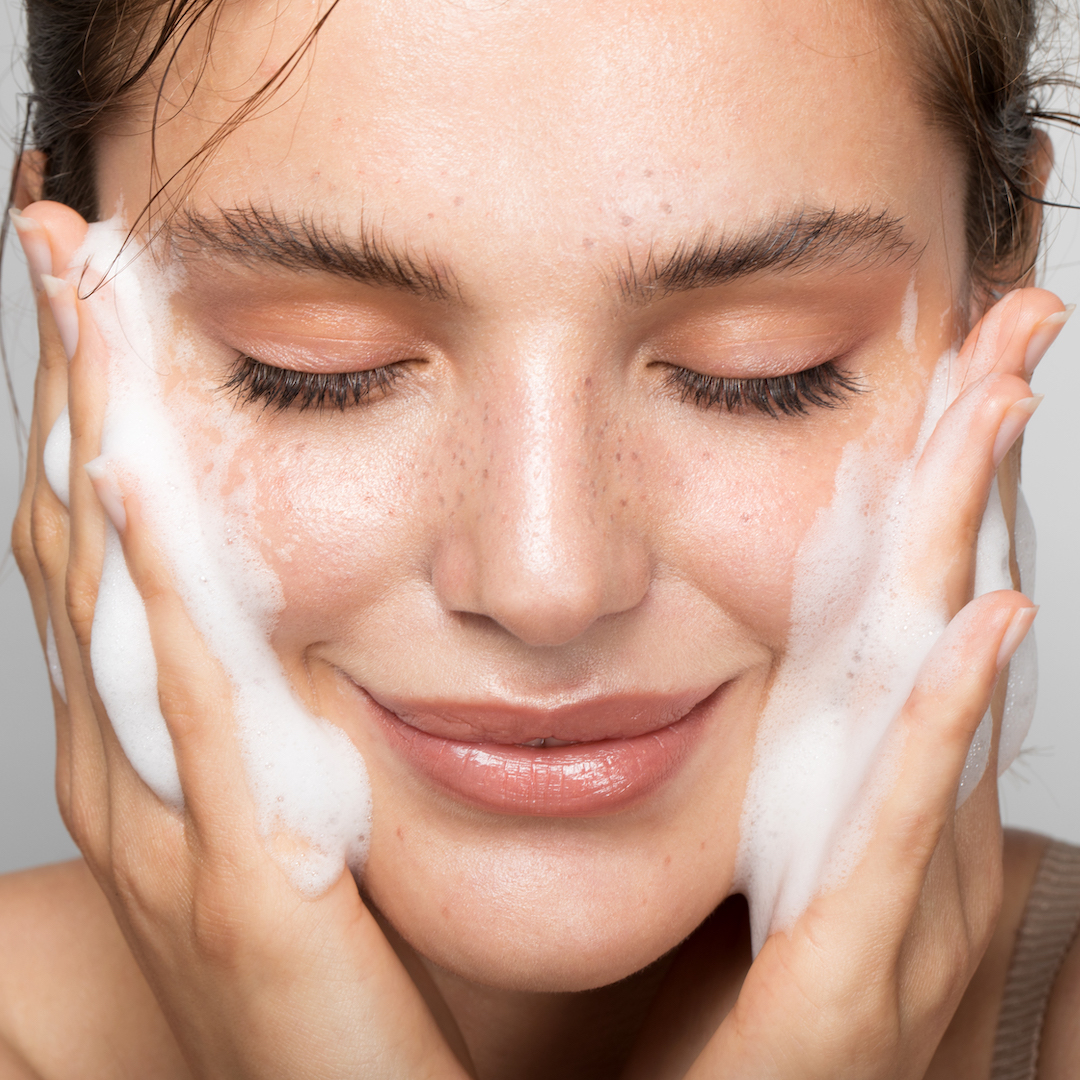 Experts say that every skincare routine should start with the best cleanser for your skin type—here are 19 that we recommend
Experts say that every skincare routine should start with the best cleanser for your skin type—here are 19 that we recommendRight this way to find your new favourite cleanser
By Katie Thomas
-
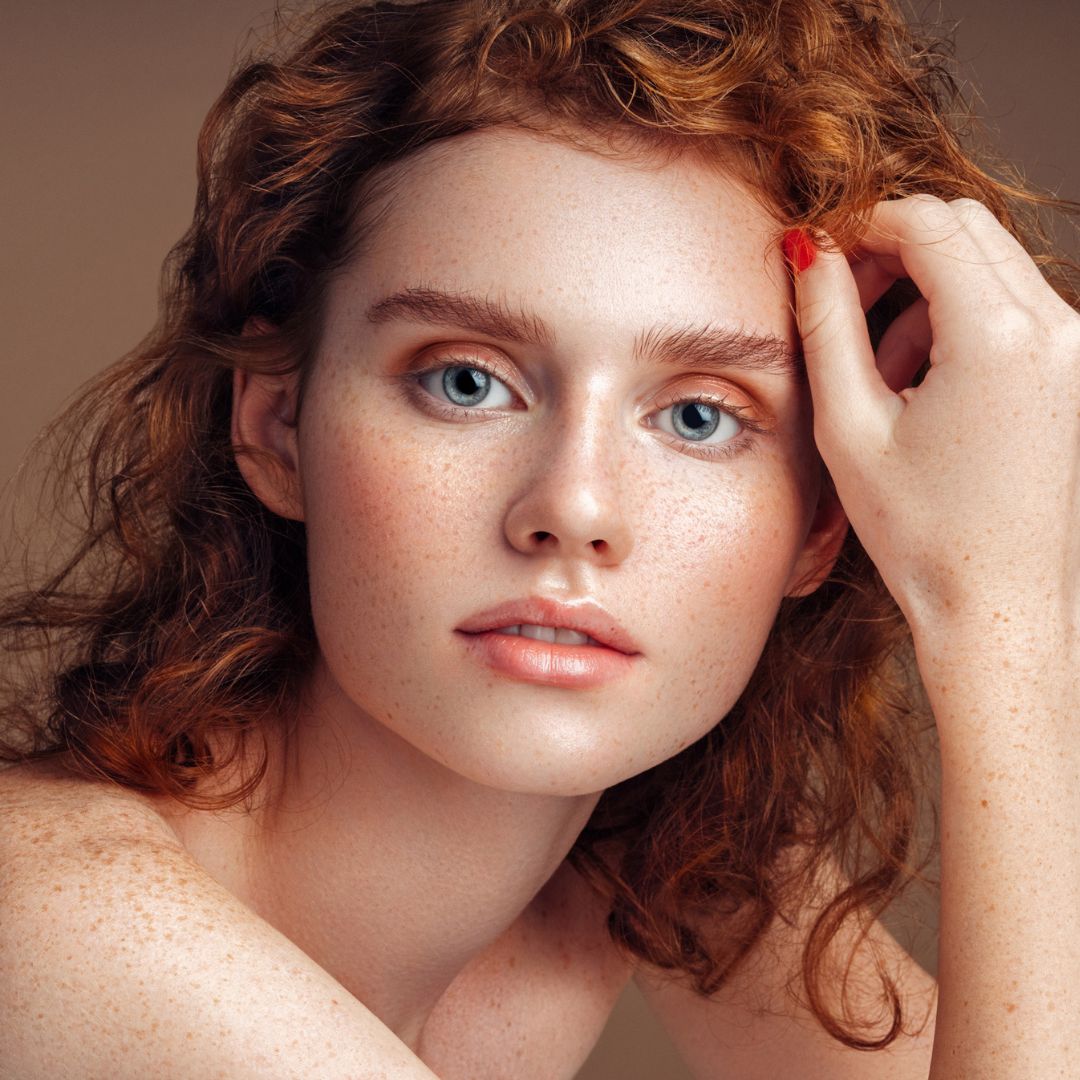 The best shampoo for hair loss and volume to boost your locks
The best shampoo for hair loss and volume to boost your locksThinning hair can cause worry, but the best shampoo for hair loss can help
By Katie Thomas
-
 The best tinted moisturisers are essential for healthy-looking skin - the only 10 worth your money
The best tinted moisturisers are essential for healthy-looking skin - the only 10 worth your moneyTried and tested by team MC
By Katie Thomas
-
 21 hairstyles for fine hair that are guaranteed to create a more voluminous result
21 hairstyles for fine hair that are guaranteed to create a more voluminous resultWe've pulled loads of the best hairstyles for fine hair to inspire you, courtesy of the celebrities who do it best
By Tori Crowther
-
 The best foundation for combination skin to balance oily and dry types
The best foundation for combination skin to balance oily and dry typesAir con might not be your friend, but these foundations are
By Lucy Abbersteen
